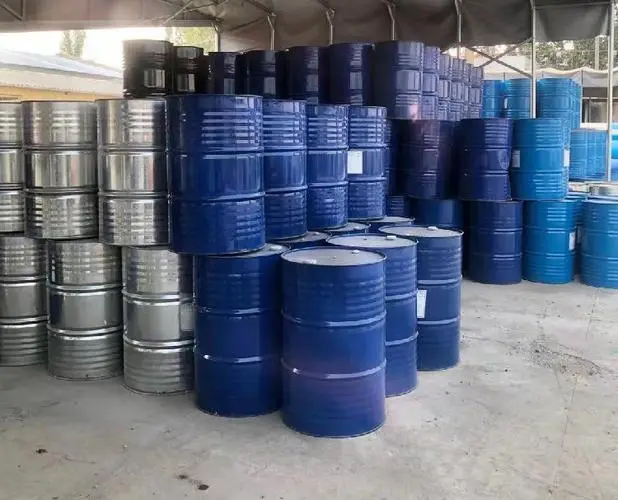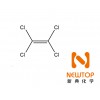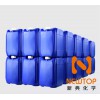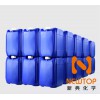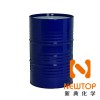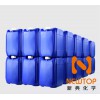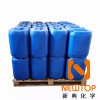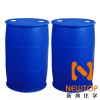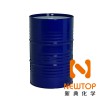Fuzhou recalls inventory of antioxidants
Can chemical raw material recycling factories accept a small amount? We recycle a wide variety of resins. We recycle resins no matter how large or small, we recycle resin products, we come to our door, and we collect high-priced cash from all over the place.
Bokai Chemical Trade Recycling Company specializes in the recycling of chemical products that are fully recycled, such as chemical raw materials, dyes, pigments, paints, rubber, waxes, chemical additives, chemical metals, etc.
Our company serves every customer attentively and guarantees the quality of every acquisition process. Caring for the environment is the responsibility of each of us. The waste of resources is a shameful behavior. Promoting the recycling of chemical raw materials and dyes is an important mission of our company.
We will continue to uphold the tenet of "one time cooperation and mutual trust, many times cooperation and mutual benefit", and look forward to cooperating with you! High-priced door-to-door recycling, unlimited quantity, you are welcome to visit at any time, call for consultation, and create and develop together. We seek common development with customers.
Recycling dyes manufacturer Bokai Chemical Trade Recycling Company said that acid dyes are widely used in fabric dyeing and people often use them, but the color fastness of these dyes is usually very poor. Recycled dye manufacturers say that some users repair dyes that meet the standards. However, we need to pay attention to certain things that need to be paid attention to when fixing dyes. Let us take a look!
Fuzhou recycles inventory of antioxidants
The third component is an accelerator (common name blue water); the fourth component is a 4% paraffin benzene solution.
Polyurethane paint (PU): 1-3 components, single-component, two-component, the latter also has a thinner when mixing the paint, the general paint ratio is: main agent: curing agent: thinner 1:0.5 -1:0.5-1.57. Curing conditions and mechanism Polyester paint (PE): anaerobic polyester needs to be cured with oxygen isolation (wax sealing method), new air-drying polyester does not need to be cured with oxygen isolation, unsaturated polyester and benzene Under the action of initiator accelerator, free radical polymerization takes place, cross-linking and curing into a film. Polyurethane paint (PU): it can be air-dried at room temperature or at low temperature (50°C).
Applicable technical guide: applied to dye nylon fibers with acid dyes, and then process the dyed products. After dyeing nylon fibers with acid dyes, the dyed product can be treated with NBS to improve its wet fastness, especially to water, sea water, washing, and sweat. The fastness can be significantly improved. Similar to all such additives, The degree of improvement in fastness varies depending on the dyeing method and fiber.
To
Concentration of acid dye: 1.0-2.0% (owf) NBS (calculated based on cloth weight) After dyeing nylon fiber with TELONL, SUPRANOL or other selected acid dyes, wash it with soft water, and then dye the dyed product with NBS at PH4.5, 70-80℃, 20-30 minutes, post-treatment.
To
Note: If you increase the amount of NBS by one third, you can also use hot air to complete the fixation operation. The wet fastness has been improved to a considerable extent, but the temperature should not exceed 180-185℃. If the temperature exceeds, or the saturated steam is treated, it will affect the NBS. When dissolving or diluting NBS, it is necessary to prevent direct contact with concentrated acetic acid. The contact of NBS with concentrated acetic acid will cause precipitation. Any precipitation that has occurred can be easily dissolved by adding a small amount of ammonia.
To
If there are non-ionic additives in the post-treatment, it will cause precipitation and impair the NBS effect (before fixing, it can be washed with a soaping agent to prevent abnormalities). If the dyed product is coated with PU or film in the later process, do not fix it with NBS, otherwise it will affect its adhesion effect. The nylon batting that uses NBS as a post-treatment feels very rough, which will affect its subsequent weaving operations. Therefore, for this kind of dyeing, only dyes with higher wet fastness should be selected for dyeing, without fixing treatment.
Fuzhou recycles inventory of antioxidants
The thinner evaporates too fast or the thinner contains water.
3. The coating surface is contaminated or not cleaned and dried. 4. The compressed air contains moisture. .Three. Solution------Solution1. Strengthen the air dehumidification function in the painting area and reduce the relative humidity. 2. Strengthen the high temperature forced drying in the drying room of the coating line to reduce the influence of the degree on the coating. 3. The boiler compresses air and discharges water regularly to prevent water from directly polluting the surface through spraying. 4. Choose a thinner suitable for seasonality. Such as winter type and summer type. 5. When the relative humidity is high, an appropriate amount of anti-white water should be used, such as not more than 3% BCS, and thick coating should be avoided.
To sum up, the content mentioned above is the related matters shared by the recycled fuel manufacturers. Bokai Chemical Trade Recycling Company supports door-to-door chemical raw material recycling, dye recycling, paint raw material recycling, high-priced recycling and other businesses. If you have any needs in this regard, please call for consultation!

